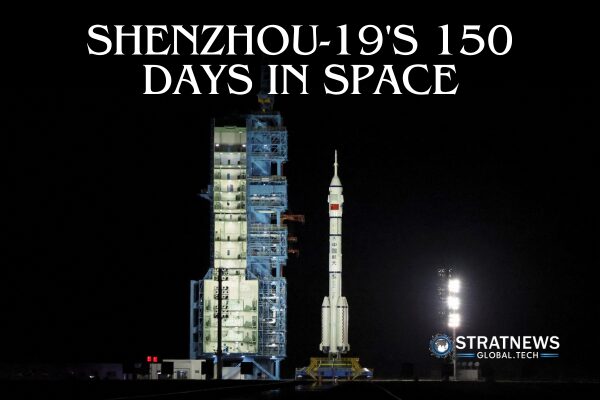Shenzhou-19 Astronauts Complete Over 150 Days of Space Research
China’s Shenzhou-19 crew has completed more than 150 days aboard the Tiangong space station, carrying out a wide range of scientific experiments and technical tests across various fields. The astronauts focused on mechanics, robotics, and medicine to support future space missions.
Diverse Experiments Following Spacewalks
The three astronauts—Cai Xuzhe, Song Lingdong, and Wang Haoze—conducted several scientific tasks after completing their third spacewalk. Their work included experiments on removing equipment, collecting samples, and reassembling and reusing components. These tests aim to generate valuable data for developing high-performance parts used in space.
One of the key trials involved testing pipe inspection robots. The astronauts achieved image detection of ventilation ducts, laying the groundwork for future automated inspections aboard the station.
Medical Research in Microgravity on Shenzhou-19
In the field of medicine, the crew completed experiments involving blood collection, centrifugal processing, and cryopreservation. They also used an eye tracker linked to a laptop to record eye movement data in the microgravity environment. This helped researchers understand how weightlessness affects visual performance.
In addition to these tests, the astronauts maintained the station’s regenerative life support system. They also conducted regular health checks, including blood tests, body weight measurement, intraocular pressure checks, and fundus examinations.
Exercise equipment on board assisted the crew in collecting data on how a zero-gravity environment impacts human physiology.
Training for Emergency Situations
To strengthen their ability to respond to emergencies, the astronauts practised putting on and removing pressure suits quickly. These drills took place in zero-gravity conditions and helped gather information for refining emergency withdrawal procedures.
The Shenzhou-19 spacecraft, carried by a Long March-2F rocket, was launched on 30 October 2024 from the Jiuquan Satellite Launch Centre in northwest China.
with inputs from Reuters


